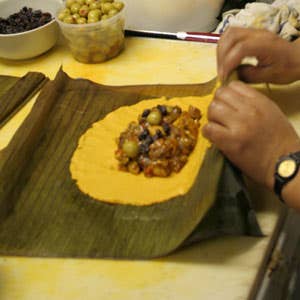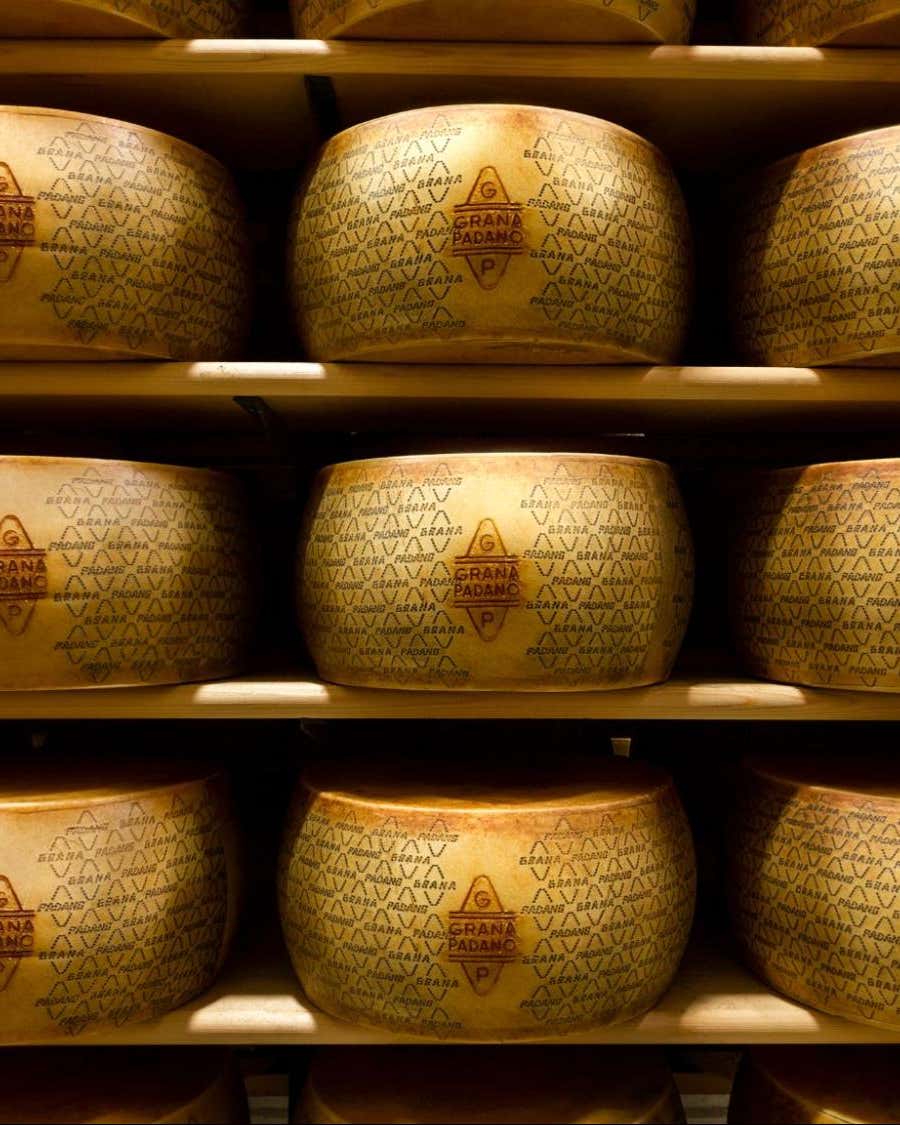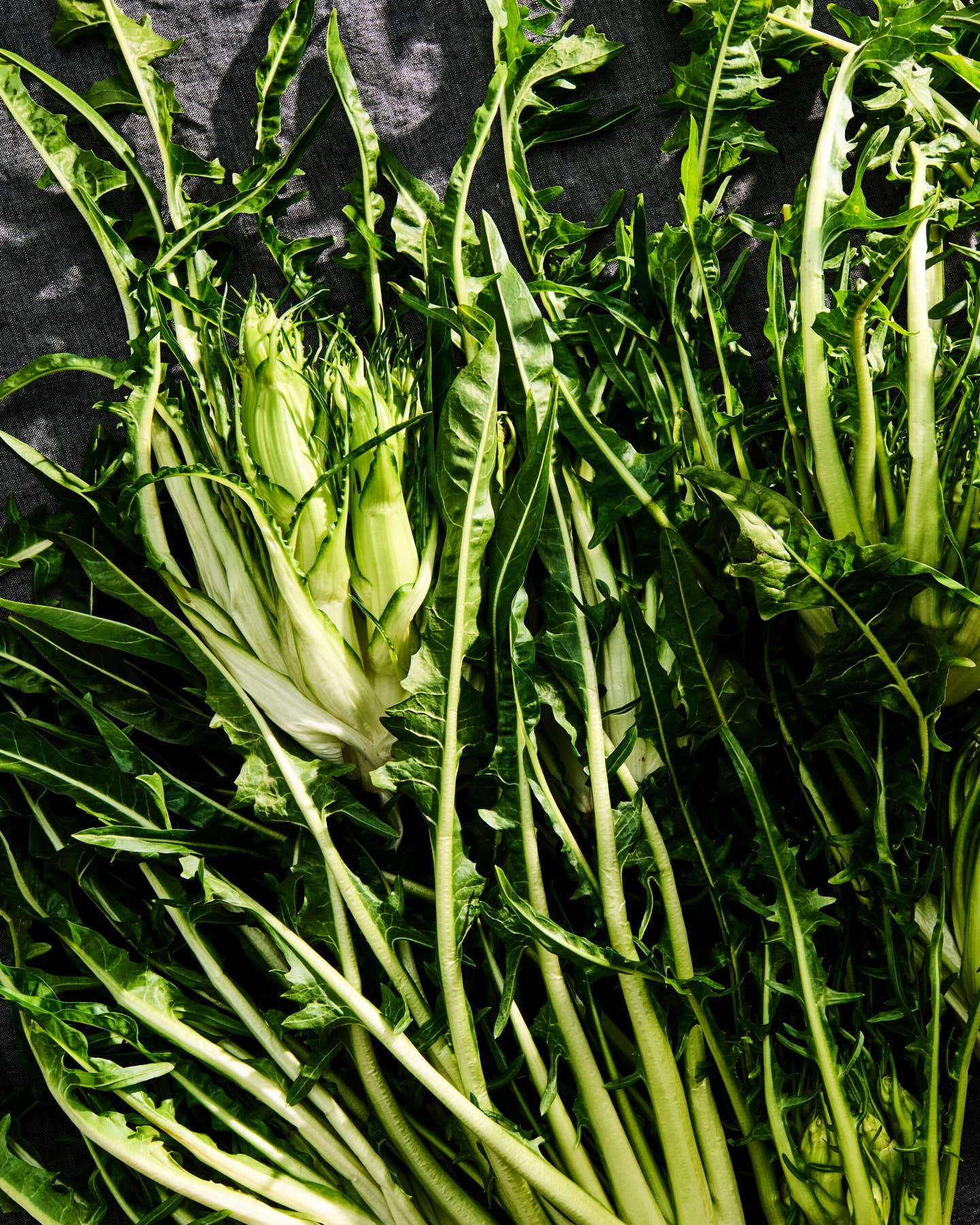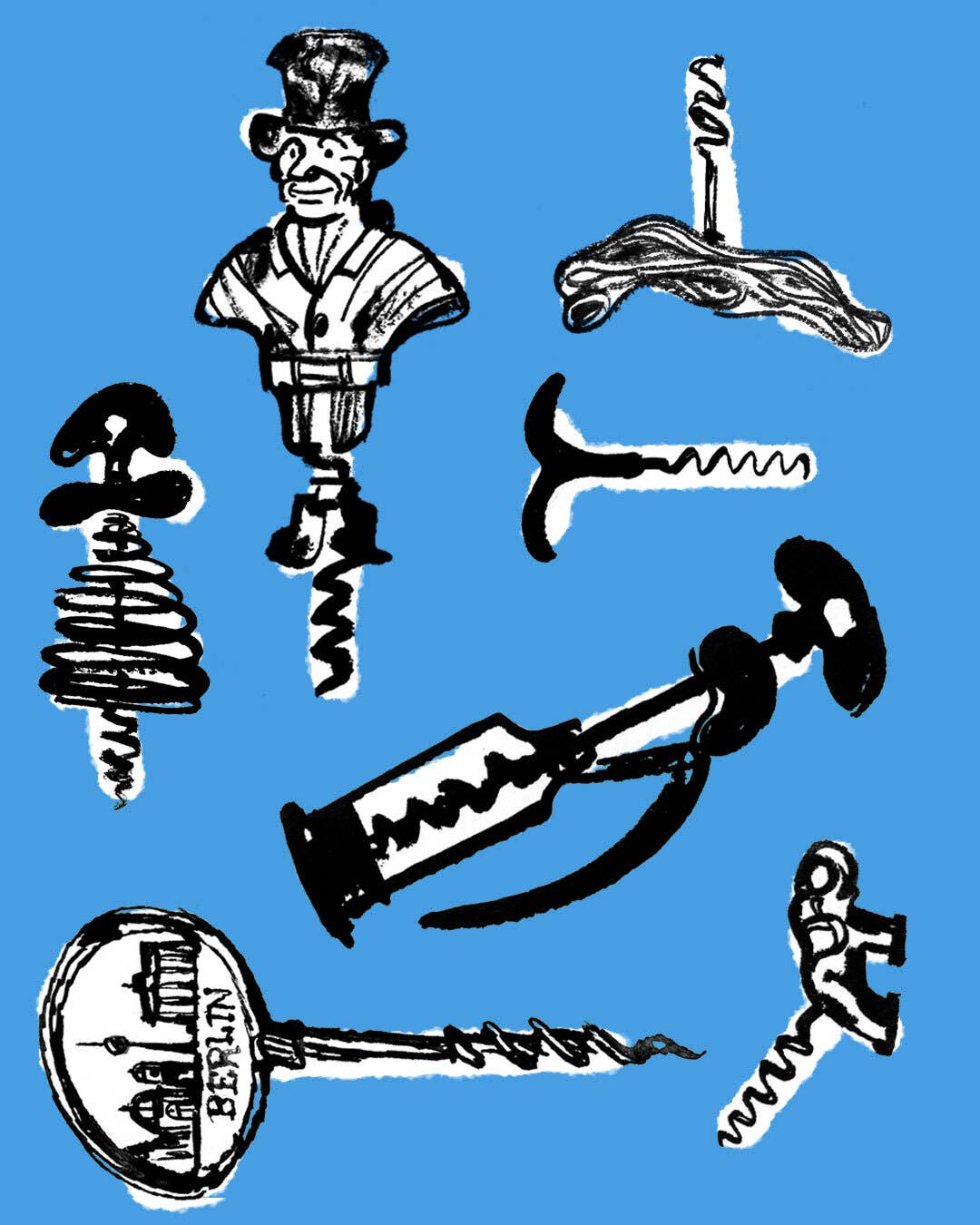
A Bundle of Joy in Every Pastel
Beyond tamales, pasteles and their counterparts appear all over South America during the holidays.
When I was growing up in the Dominican Republic, the first cool breezes of the Caribbean winter always heralded two things: a wardrobe change from shorts and T-shirts to itchy sweaters and the start of the season for pasteles en hoja. These treats are versions of the Mexican tamal, made with ground plantain rather than corn masa. Latin American countries and communities have developed their own interpretations of the dish, some of which make their special appearance only during the holiday season.
Dominican Republic
As a kid, I dreamt of eating pasteles year-round, but now that I'm old enough to make my own, I realize that the arduousness of their preparation is the reason they are made only annually. To accompany a large holiday meal of roasted pork and turkey, glazed ham, rice with pigeon peas, and potato salad, the classic pastel is prepared by grinding green plantain and other white tubers, such as malanga or potato, and mixing them with milk, annatto seeds for color, oil, and bitter orange to make a masa, or dough. The masa is then placed on a plantain leaf and topped with a juicy filling of stewed chicken, meat, or pork that has been simmered with onions, tomatoes, and spices. Other accoutrements, such as chickpeas, olives, raisins, nuts, and hard-boiled eggs, are then added. Finally, the whole package is tied with twine and either cooked in boiling water or frozen for future preparation.
Local chefs have become more creative and experimental with their ingredients. The masa can be made from yuca, ripe plantains, and yams, and among other fillings are cheese, vegetables, crabmeat, codfish, and conch. At El Conuco, a restaurant in Santo Domingo, the capital of the Dominican Republic, the cooks add sweet plantain to their masa, giving the pastel a slightly sweet flavor. Luz Maria Tapia, an event manager at the restaurant, says that the ideal pastel "must be very juicy". She explains that the main flavors must dwell in the masa, since pasteles have more masa than filling.
The pastel's origins are murky, but most theories trace its roots to the Dominican Republic's colonial era, when waves of Europeans and Africans began mingling with the island's indigenous people, the Tainos, on the island, which was originally called Hispaniola. A Dominican historian, Jose E. Marcano, believes that the use of plantain leaves and tubers can be traced to Africa. Other theories abound: for example, that pasteles came from Central America, as emigrants introduced new dishes to colonies like Hispaniola. Owing to the overabundance of plantain on the island, though, it replaced corn as the main ingredient of the masa.
Venezuela
Similar to the Dominican pastel, the Venezuelan hallaca is a symbol of the holidays, from December through the Fiesta de los Reyes, in early January. It's more similar to the Mexican tamal than to the pastel, though, because its masa is made of corn with a pinch of annatto powder, so the dough has a bright yellow hue.
To Venezuelans, the hallaca is a representation of the Creole culture that developed during colonial times. Some historians believe that the hallaca originated in the 17th century, when Venezuela took part in a thriving cultural exchange between the Antilles and Central America. Through trade and travel, Mexican dishes like the tamal were introduced to the indigenous cultures of Venezuela, and because both foodways were built on corn, yuca, and meat, the dish was a natural fit.
But Rosita Regalado, a Venezuelan food authority, has a different theory regarding the birth of hallaca. She explains that in the colonial times, when the white wives of Spanish settlers, or mantuanas, served their holiday meals, they distributed the remains of the large banquet through a window to the estate's workers. The workers would then take a banana leaf and spread portions of food—including chicken, pork, beef, nuts, herbs, and seasonings—on top of a thin dough. They called the dish hayaca.
The key to a perfect hallaca is a balanced combination of flavors. Each ball of masa is spread over the leaf until it is as thin as a crepe. A spoonful of chicken or pork filling, or guiso, is placed in the center, and the hallaca is "decorated" with anything from raisins, olives, and capers to pickled vegetables and prunes. It's then rolled in a plantain leaf, folded, tied with twine, and boiled until it's done.
Brazil
In Brazil, a pamonha is a national dish, enjoyed throughout the country as a snack or a dessert. It is made with a corn masa and wrapped in a husk. Some historians trace the origin of pamonhas to the culinary contributions of the indigenous Tupi people, who relied heavily on corn as a primary source of food. Others, though, connect the pamonha to African slaves that were brought to the country during the 16th through 18th centuries, and who mixed corn—abundant and cheap—with milk and sugar.
Pamonhas have attained high pop-culture status in Brazil, especially in Piracicaba, in the state of Sao Paulo. The Rodrigues family, led by Vasty Rodrigues Octaviano, became the main producers and distributors of pamonhas in Piracicaba and popularized them in the 1950s. Salespeople originally carried the pamonhas in woven baskets, but soon peddlers drove through the city with loudspeakers repeating a catchy jingle created by Dirceu Bigelli, one of the original pamonha salesmen.
Around Sao Paulo, it is common to find street vendors selling pamonhas alongside the road or in small casual establishments. The Castelinho da Pamonha is one such place; it serves pamonhas doces, which are sweetened with coconut milk and stuffed with cheese or grated coconut, and salgadas, which are slightly salted. You can also find them filled with farm cheese and linguiça (Portuguese sausage).
Pamonhas start with corn kernels that are scraped from the corn and blended with either milk and sugar or oil and salt. The dough is placed on a husk, which is tied up in a bundle. It is boiled for an hour, drained, and then eaten straight from the husk. Although pamonhas are served at any time of the year, it's the most widespread during Festa Junina, the traditional winter celebrations of the saints, during June and July.
Ecuador
Although eaten in Ecuador, the humita is present in other South American countries, such as Argentina, Chile, and Peru. Humitas are made of ground corn combined with eggs, chives, and cheese. The result is a light, savory pocket of cheesy dough. Ecuadoran humitas are a simple pleasure: they are not stuffed; they are wrapped in a corn husk and steamed.
In the Sierra Negra of Ecuador, humitas are an important part of the national culinary tradition. Because of the high altitude, it is difficult to digest heavy foods, so light early meals tend to replace heavy dinners. These meals, which are served at the end of the afternoon, usually include humitas and kimbolitos; the latter are made with wheat flour and raisins and possess a cakier texture. These dishes are eaten throughout the year, but they are the most common during festive seasons, when parties run late. And then, come two or three in the morning, the snacks are served along with coffee to help people refuel—or sober up.
Keep Reading
Continue to Next Story










